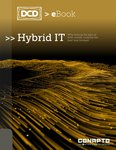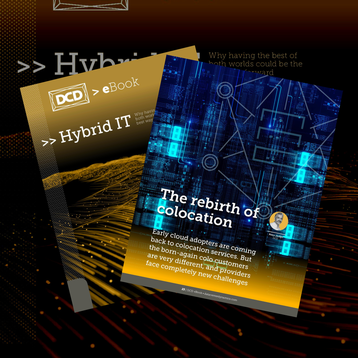There's a very common myth that moving everything to the cloud is the best option, and with so many companies and governments doing so, it is hard to prove otherwise.
But the fact is that completely migrating your IT is not always going to mean cheaper and more sustainable computing, and many early cloud adopters are actually heading back to a more hybrid IT approach. So, that begs the question, is hybrid IT actually the best of both worlds?
So, let's explore it further with the Hybrid IT eBook.
Chapter one: What is Hybrid IT?
Hybrid IT combines the delivery of enterprise applications, data, and services so they span across both on-premise and off-premise data centers.
In other words, you can use a mix of enterprise, colocation, cloud, and even Edge computing: whatever works best for you.
This could look like Ahold Delhaise's approach to using Edge computing for the super low-latency applications it needed, and it could involve leveraging software like Conapto's CloudHub.
Hybrid IT basically means flexibility, and chapter 1 explores just what this can look like.
Chapter two: Making the change
The best way to find out how to do something is to turn to others who have already done it.
That way, you can avoid making the same mistakes, and learn from others' experiences.
In this chapter, we explore how companies like Dropbox, various banks, and the healthcare industry have made the hybrid IT move, and what obstacles they faced along the way.
Chapter three: Colocation and hybrid IT
Embracing hybrid IT has also revived attitudes toward colocation.
For some years, colocation has (wrongly) been considered out of date, and likely to wither away in favor of the cloud. But that could not be further from the truth.
Colocation has an important role to play. The increase in demand since the pandemic has only reiterated this, and many are turning to colocation to work alongside the cloud in order to ensure the resilient service customers are expecting.
This chapter analyzes the colocation trends of the moment, and the new role these data centers are playing in our computing.
Chapter four: Climate change and hybrid IT
Last, but certainly not least, comes sustainability.
The pressure is on both cloud providers and enterprises to reach sustainability goals, and with data centers accounting for 1.5 percent of global emissions, decisions cannot be taken lightly.
In this chapter, we look at how data centers can properly 'count their carbon'. Whether you choose to follow a hybrid approach, or stick to just using cloud or on-premise computing, this section is a must-read for all.
Don't miss out on this free eBook - download your copy by clicking on the button below:
More from DCD's editorial team
-
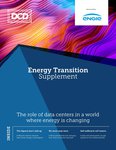
Energy Transition Supplement
The role of data centers in a world where energy is changing
-
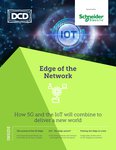
Edge of the Network Supplement
How 5G and the IoT will combine to deliver a new world
-
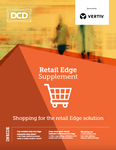
Retail Edge Supplement
Shopping for the retail Edge solution

